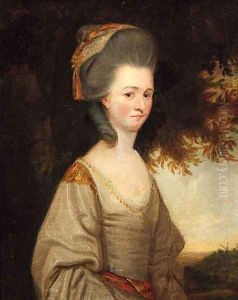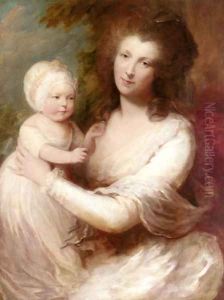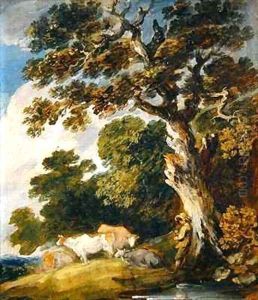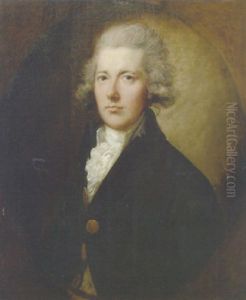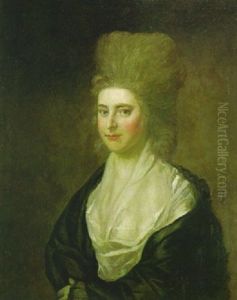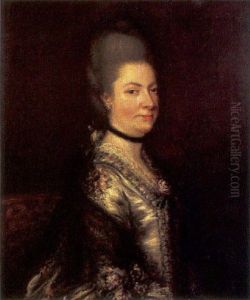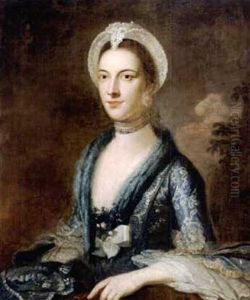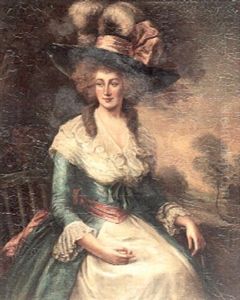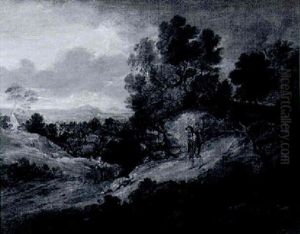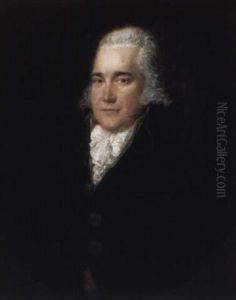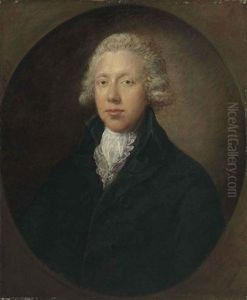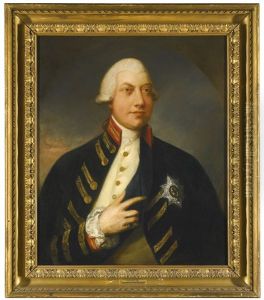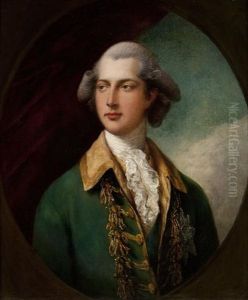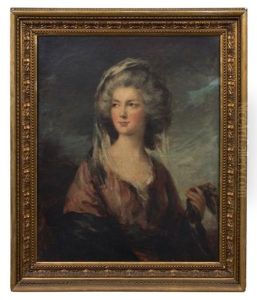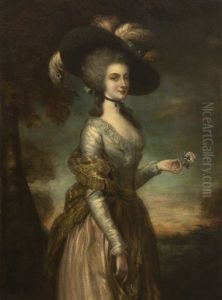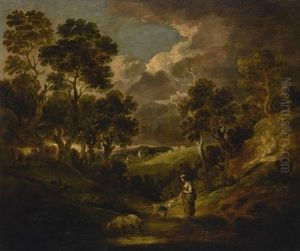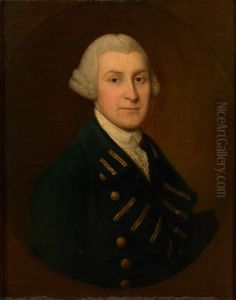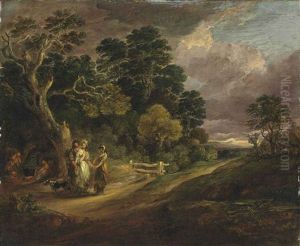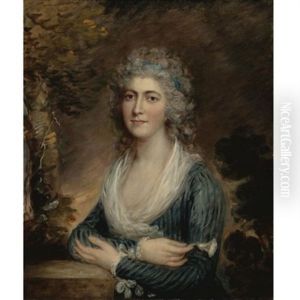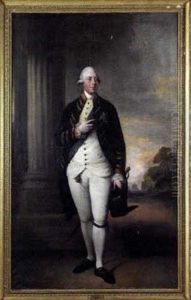Gainsborough Dupont Paintings
Gainsborough Dupont was born in 1754 in Sudbury, Suffolk, England. He was the son of Philip Dupont, a carpenter, and his wife, and notably, he was the nephew of Thomas Gainsborough, one of the most prominent British portrait and landscape painters of the 18th century. Dupont's close relationship with his uncle played a crucial role in shaping his career as an artist. At a young age, Dupont showed an interest in art, which led to him being apprenticed to his uncle Thomas Gainsborough in London around 1772. This apprenticeship was a golden opportunity for Dupont to learn from one of the masters of the period, gaining insights into both the technical and business aspects of the art world.
During his time with his uncle, Gainsborough Dupont developed a style that, while influenced by Thomas Gainsborough, also had its own distinct qualities. He specialized in portraits and landscapes, similar to his uncle, but he also ventured into mezzotints, a form of printmaking. After Thomas Gainsborough's death in 1788, Dupont took over his studio and continued to work from there, maintaining the Gainsborough legacy while also establishing his own clientele. Despite living in the shadow of his uncle's considerable reputation, Dupont managed to carve out a modest but respectable career for himself.
Dupont's works, though not as widely recognized as those of his uncle, have been appreciated for their elegance and technique. He exhibited at the Royal Academy and other venues, contributing to the artistic scene of his time. However, his career was relatively short-lived; Gainsborough Dupont died in 1797 at the young age of 43. Today, his works are held in various collections, offering insights into the continuities and changes in British art around the turn of the 19th century. Dupont's life and work serve as a bridge between the legacy of Thomas Gainsborough and the evolving art scene of late 18th-century Britain.




